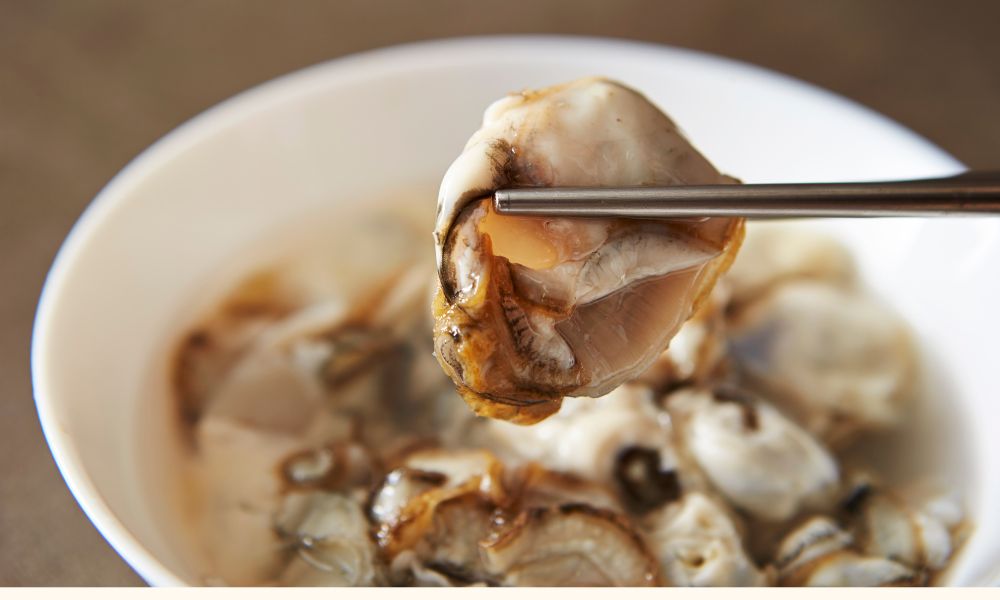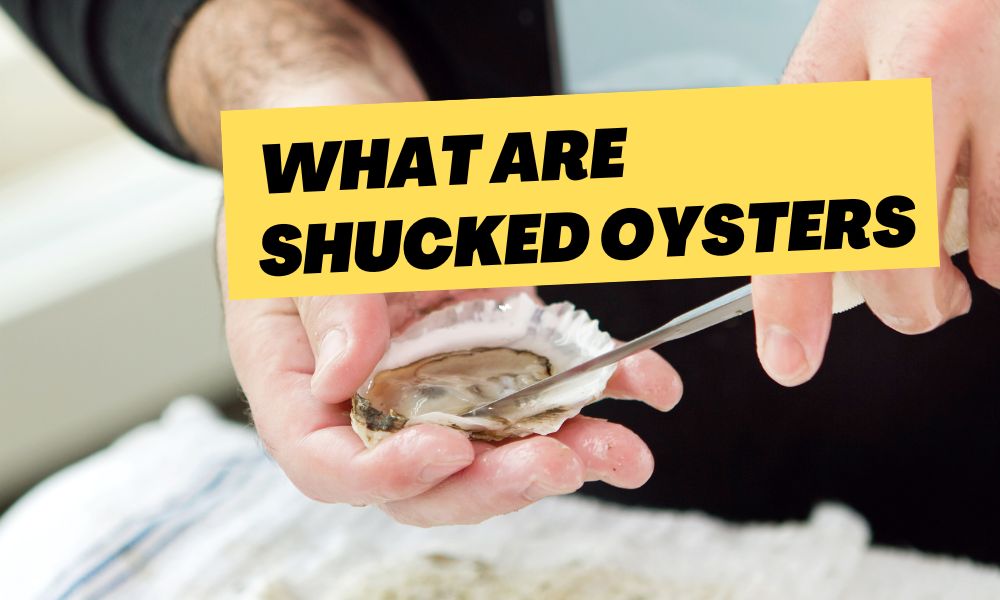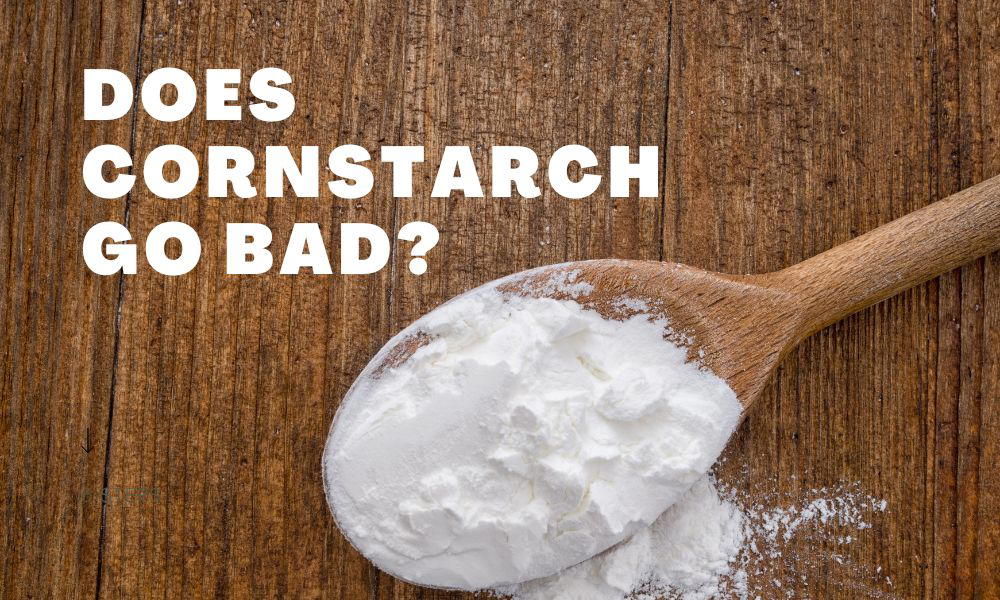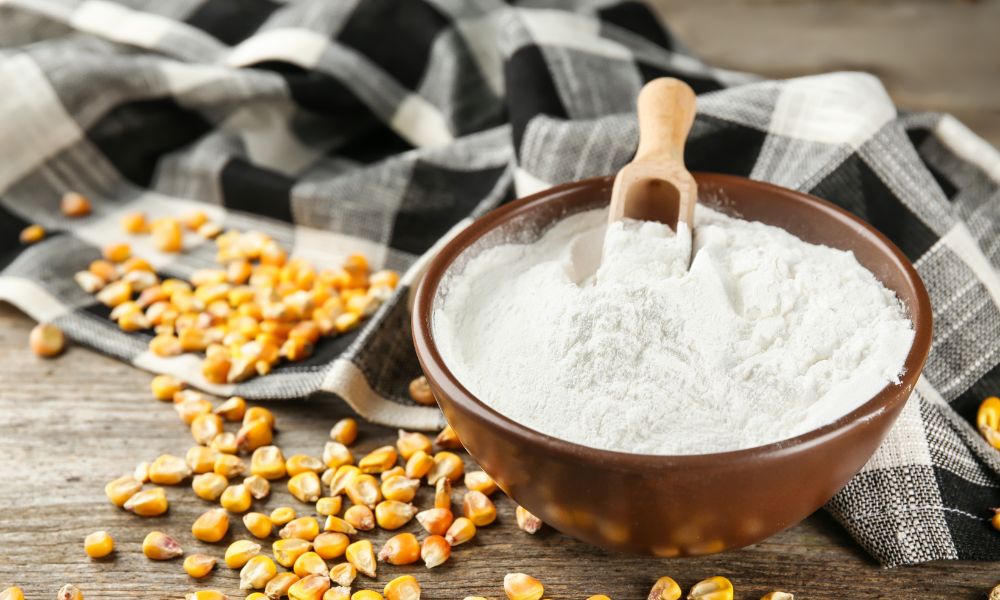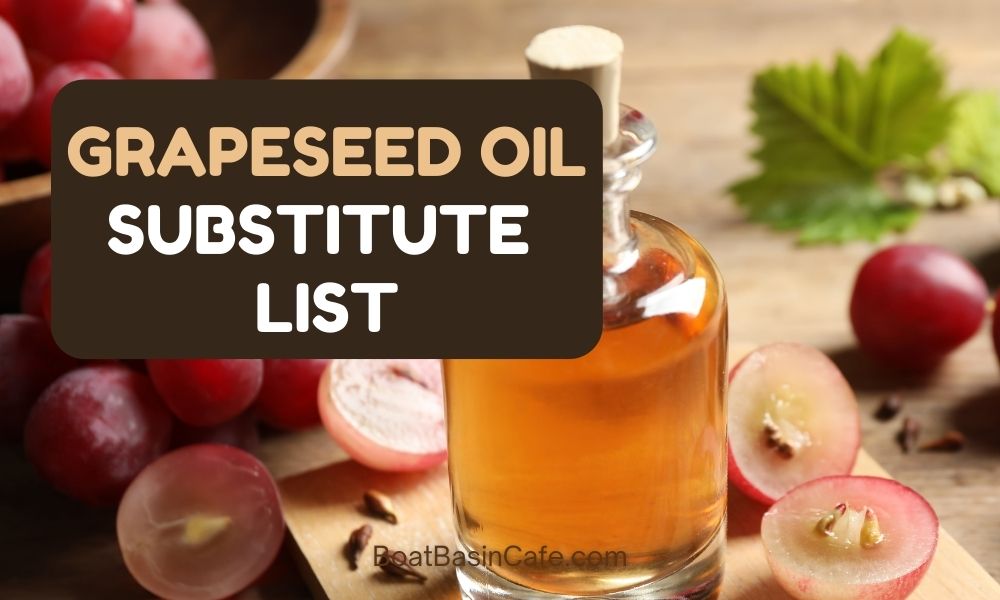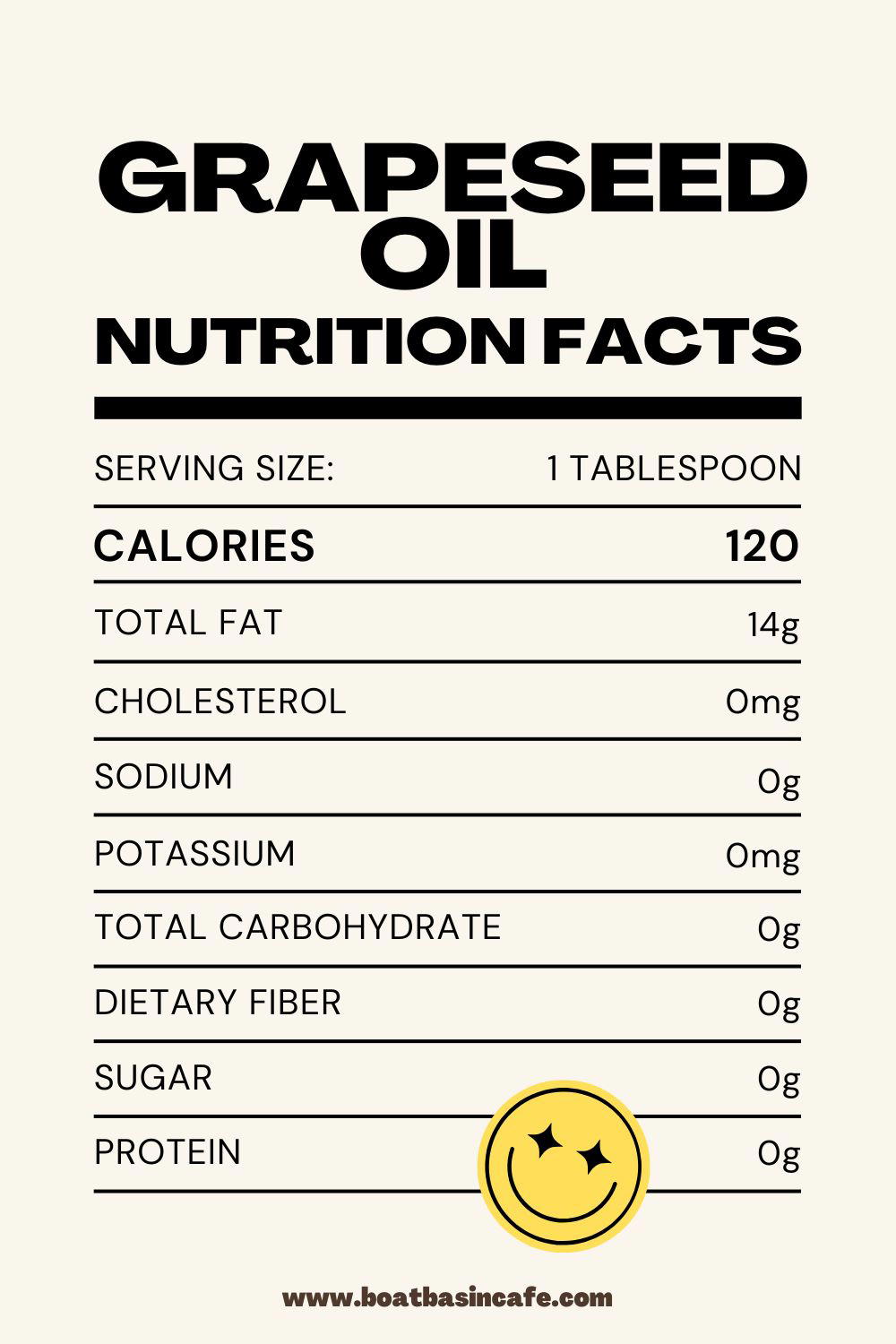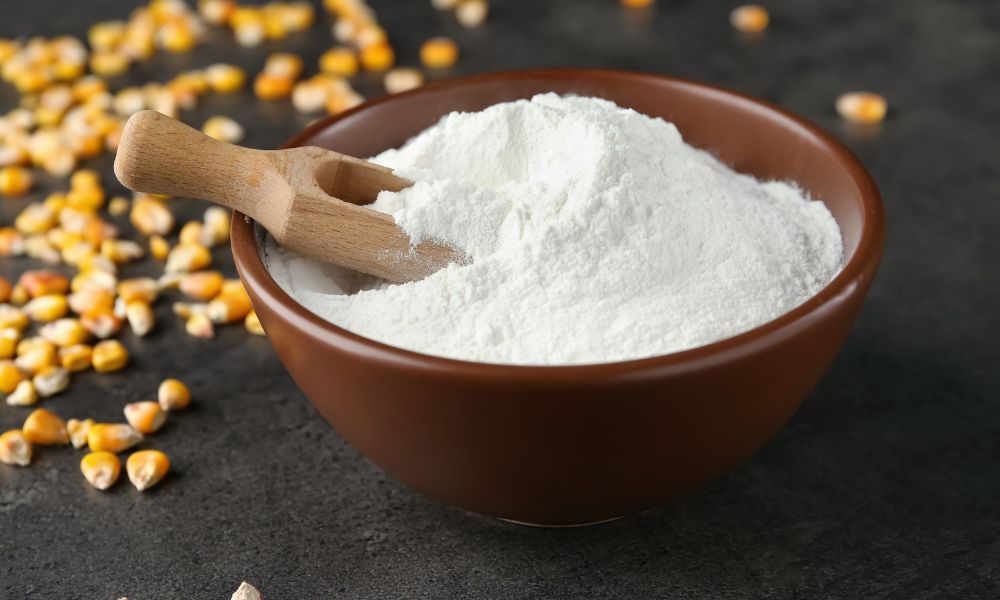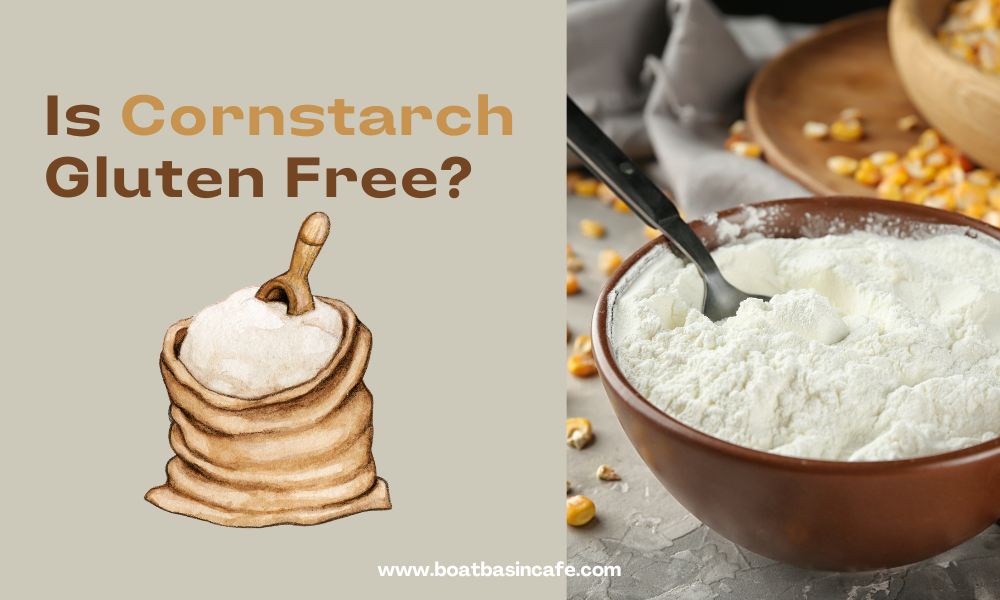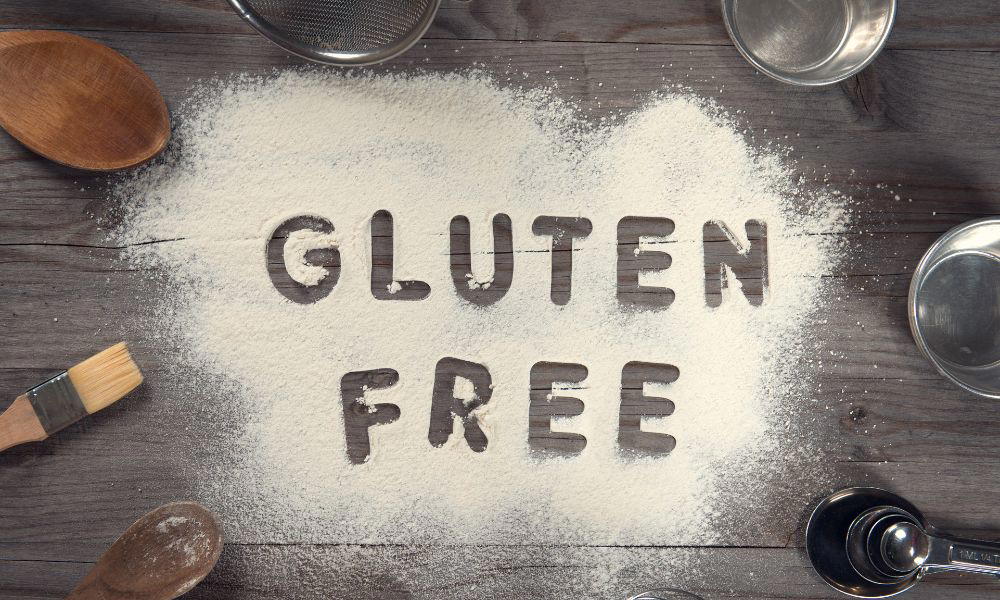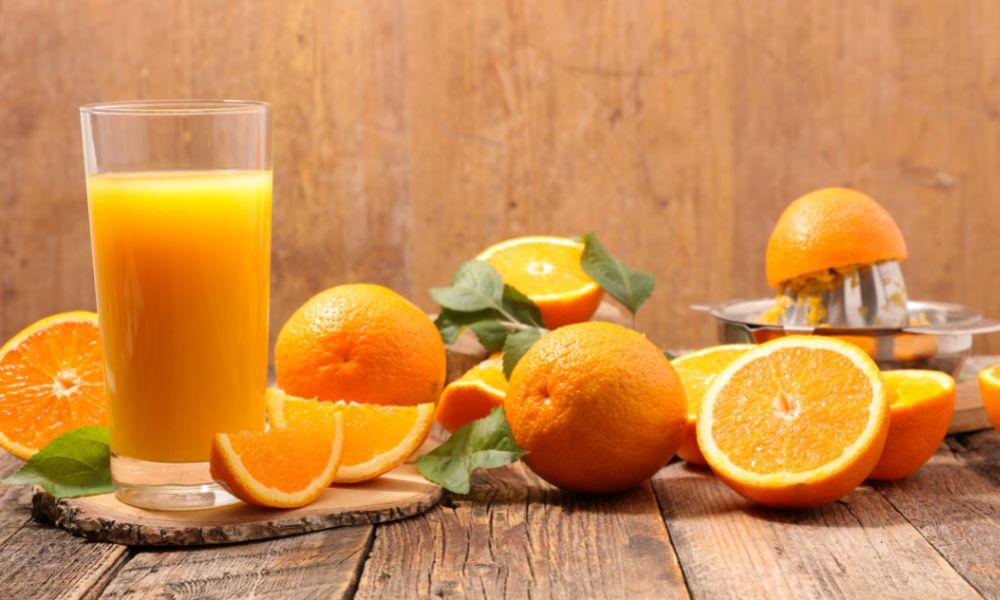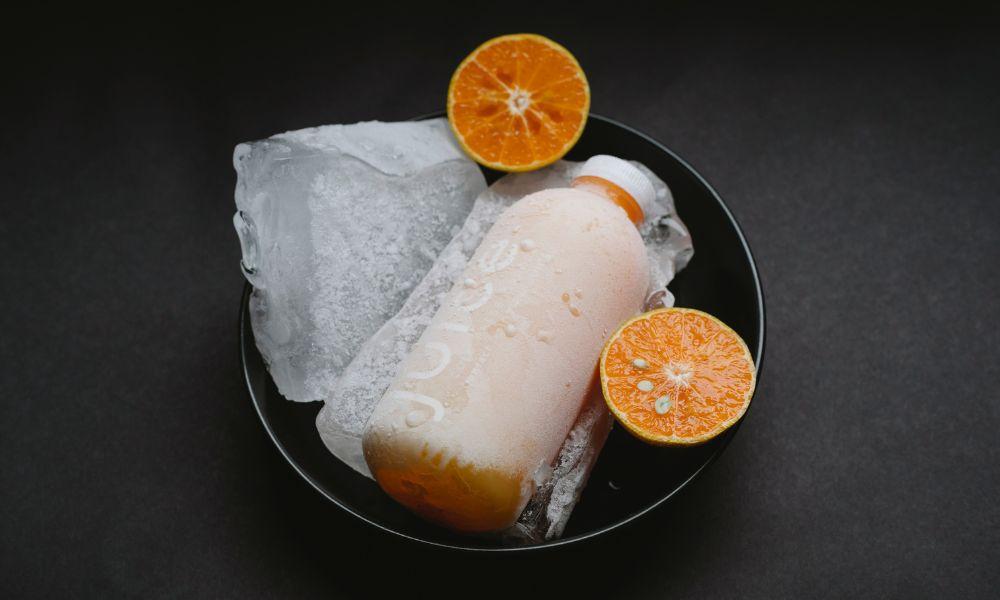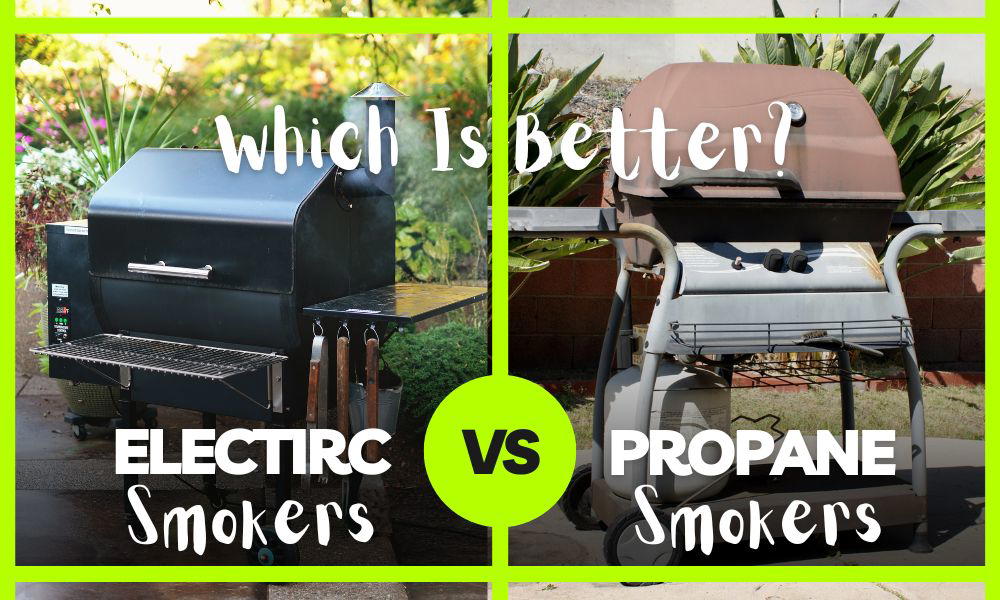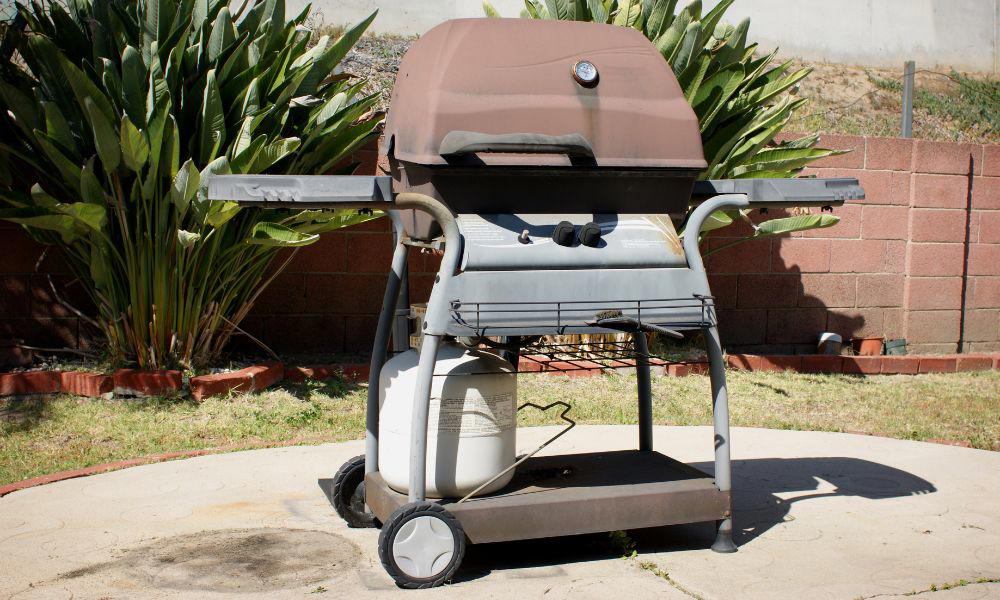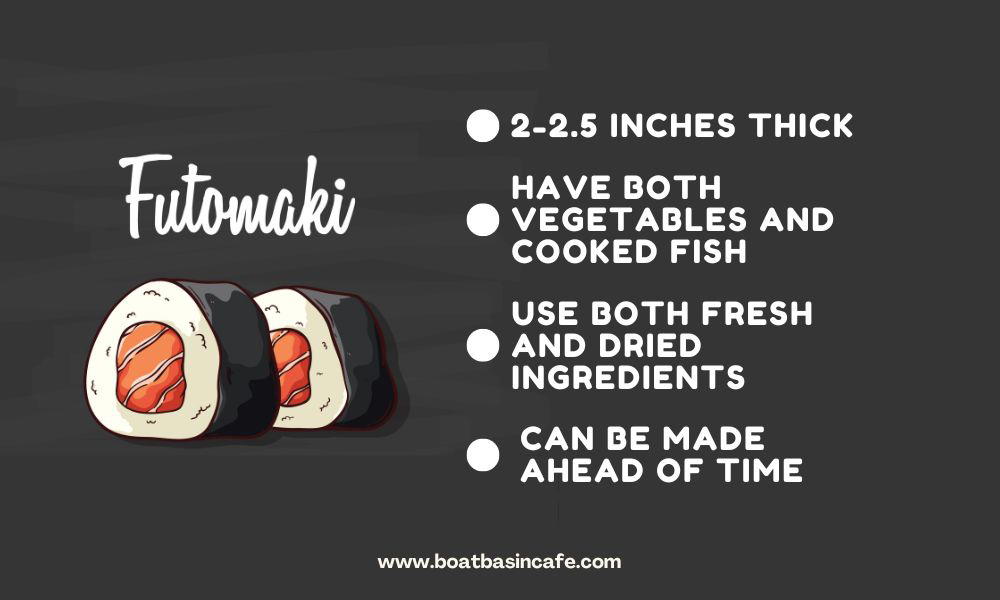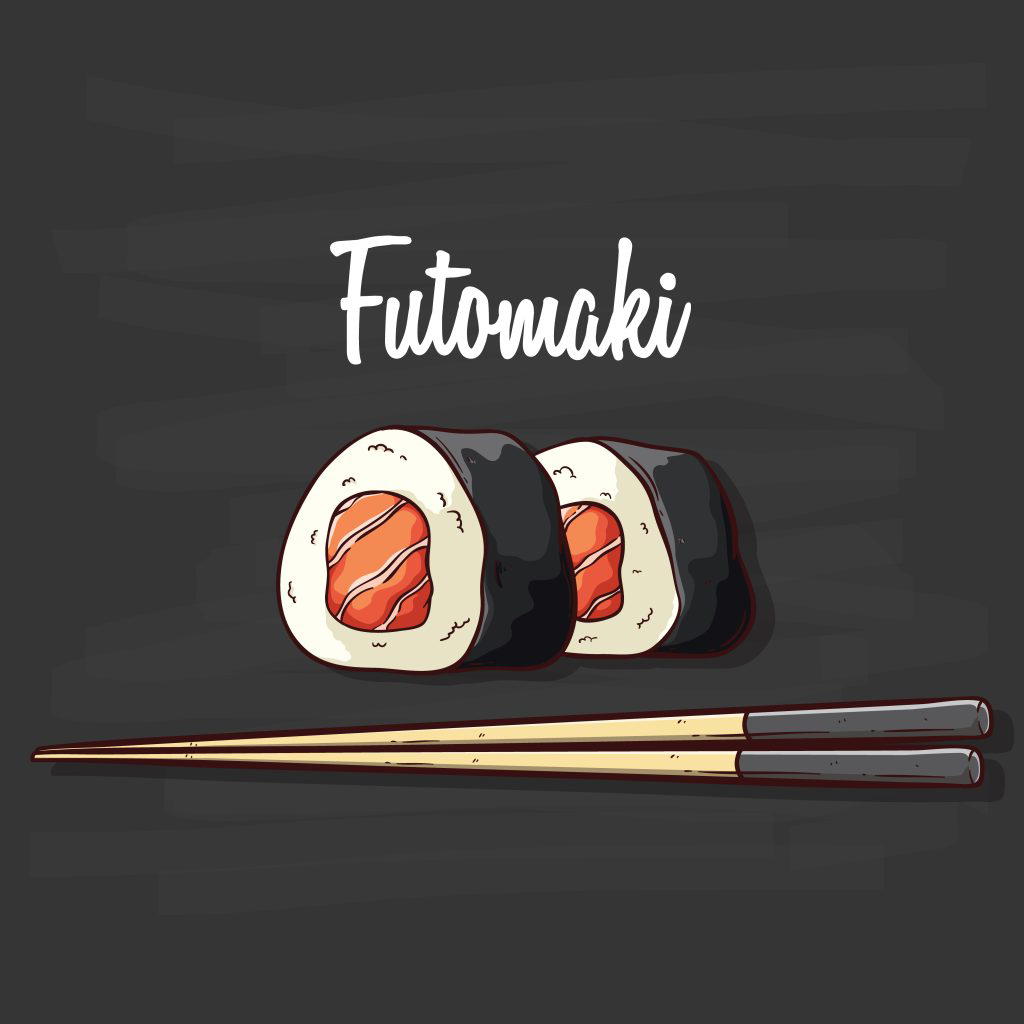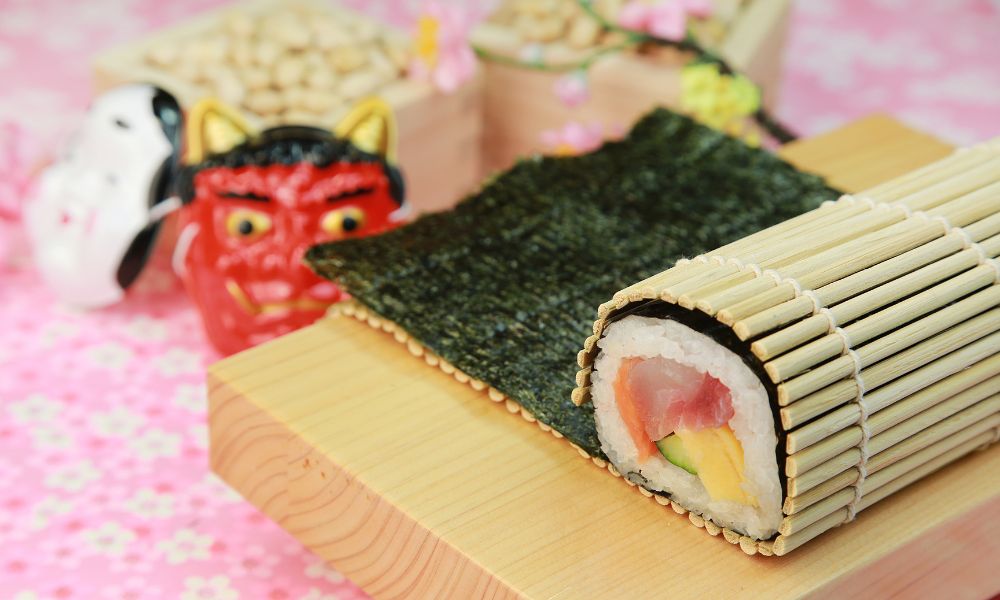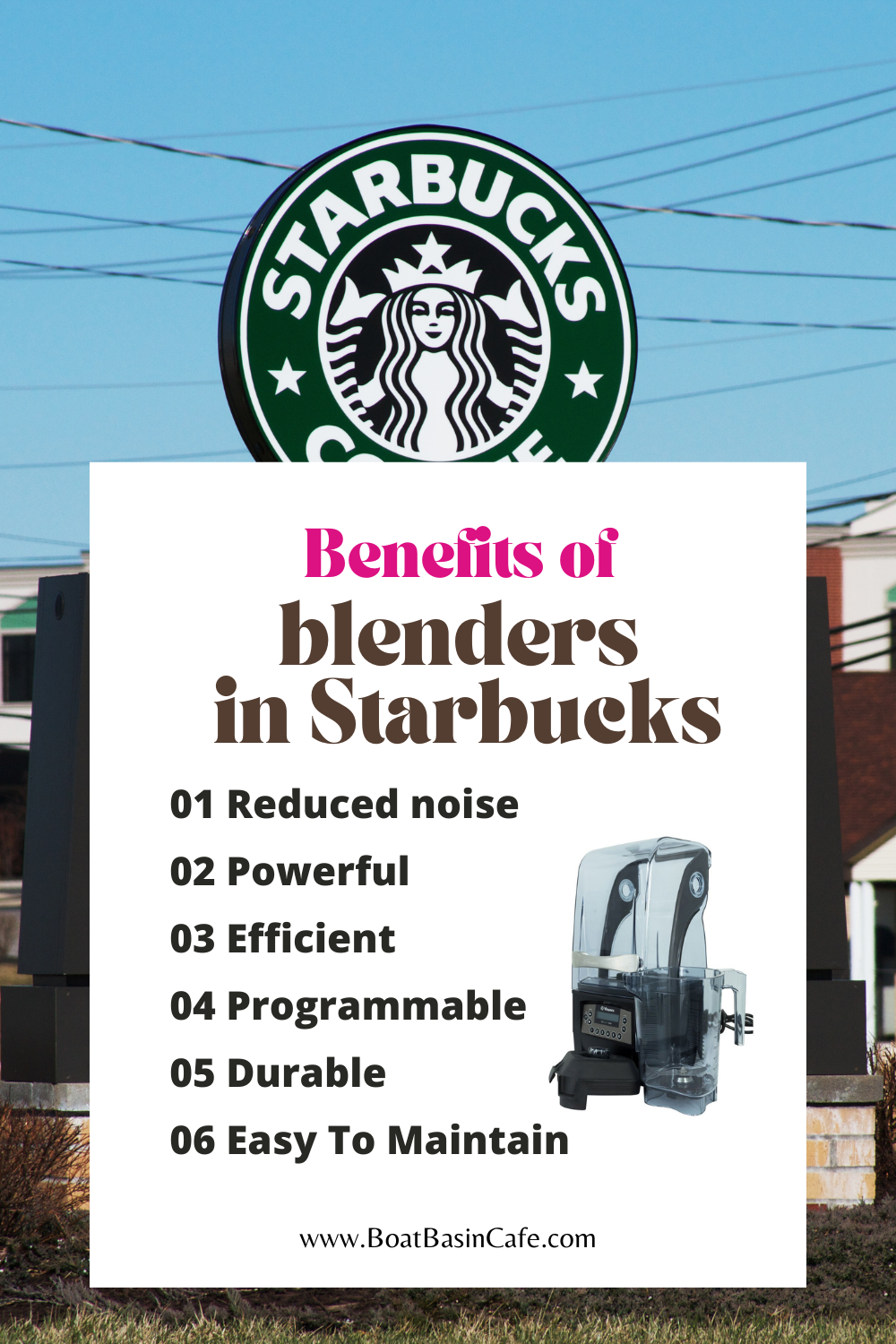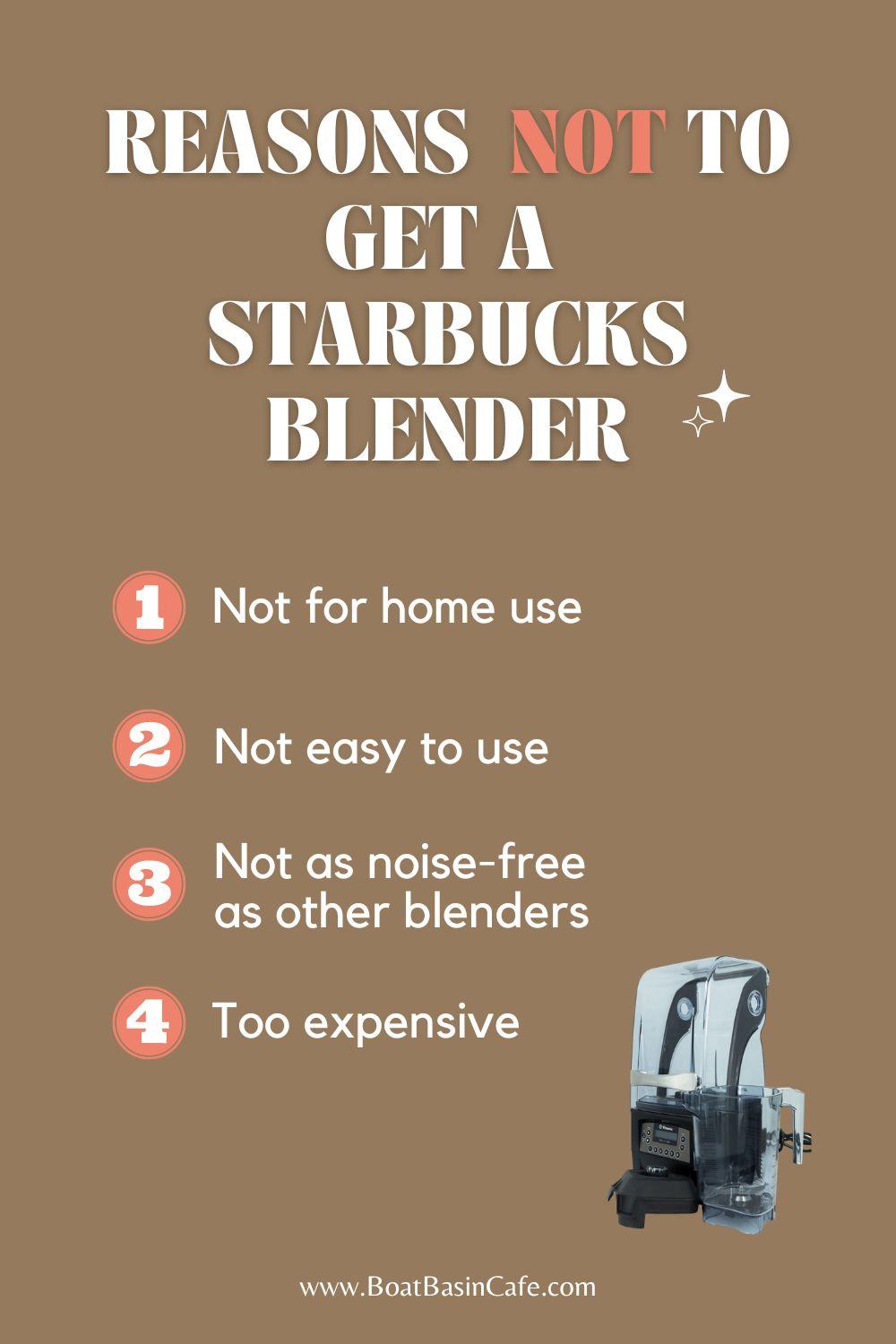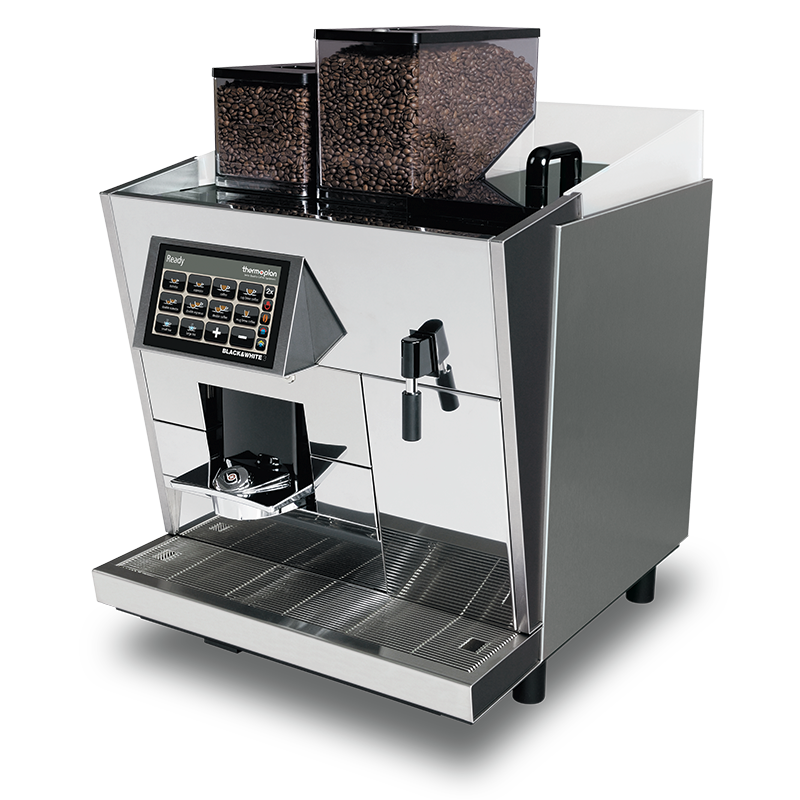You’ve never thought to measure before, but now the question’s stuck in your head: how many ml in a shot is there? We find that out today! Dive into our article below to know how many ml is in a shot – and how it can differ.

What is a Shot?
A shot is a measurement of alcohol. A shot is typically served cold, typically consumed quickly, and typically served neat. A shot of liquor can be consumed on its own, or mixed with other drinks, like lemon juice or a lemon drop, among syrups, other liquors, or juices.
Just be careful – too many shots can get you drunk!
How Many Ml In A Shot?
It’s pretty straightforward. In one shot glass, there’s around 44 ml or 1.5 ounces.
However, this measurement still varies. How much liquor you put in depends on the type and size of shot glass you use, the type of shot, and the country the shot comes from. So, to clear up all the confusion, we’ve compiled a list of the glass types, shot types, and factors that affect a single shot below:
Standard Shot Glass
In a standard shot glass, a single shot is 1.5 ounces. This is the norm for most people!
Tall Shot Glass
A tall shot glass isn’t just taller, it’s also narrower. You may know these shot glasses as shooters. They can hold more alcoholic beverages than your usual shot glass, so a single glass may have around 2 ounces in a shot.
Rounded Glass
A rounded shot glass features curved sides. As a drinking glass, it’s more popular in Europe than anywhere else! While a small glass, it can fit a half of a shot to a double shot.
Fluted Glass
At the base of the glass, glass blowers incorporate some fluting that earns this type of shot glass its name. Flute glasses are small glasses with this fluting, and can hold anywhere from half a shot to a double shot.
Pony Glass
A pony shot glass is a small glass that’s typically used for mixing drinks in a larger glass. As a result, they hold a lesser amount of alcohol and only holds one ounce in a a shot.
Cheater Shot Glass
Watching your alcohol consumption? Or maybe you’re a barista looking out for a patron. This cheater glass makes sure the drinker only consumes around an ounce of alcohol, while the shot glass itself gives the illusion of a normal shot glass.
You can get your own cheater shot glass here.
Jigger
A jigger is a measuring tool for liquor, which is in an hourglass shape. One end of the jigger can measure 1.5 ounces, while the other end can measure a double shot or 3 ounces. It depends on the style and type of jigger the bartender has!
Want your own? Get a jigger here!
Whiskey Glasses
For whiskey glasses, the standard pour is around 44 ml. How much alcohol depends on the kind of pour you want. If you want a double or twice the amount of alcohol, it’s 88 ml, and 59 ml for an on the rocks or neat pour.
Types of Shots

Single Shot
One shot is precisely 1.5 ounces or 1.5 fluid ounce, or 44 ml. You can easily finish a shot in one gulp! However, there are some countries that dictate that a single shot is one fluid ounce only, while some states vary it from 33 to 44 ml.
Double Shot
It’s pretty easy to tell whether you have a single or double shot. While three ounces would make sense as a double shot count, it can be anything at two ounces or more. Measuring a double shot precisely isn’t anywhere in the books!
Half Shot
Half a shot should be around 22 milliliters, or half the standard shot you would expect from bartenders.
Measuring Out Your Shot
Don’t have a jigger? Don’t worry. You can measure a shot without it! Maybe you don’t have a shot glass either – but you can have the right measure without a shot glass, too. We have some tips and tricks for you below:
Using Four Counts
Want to free-pour your shot? Free-pour any alcohol with the four-count method. Simply count from one to four as you pour your glass – you’ll end with just the correct amount. Try free-pouring at your next cocktail party!
Using Medicine Cups
Use the measuring lines in your medicine cup! You’ll find that most medicine cups work well as a way to fill up your shot glass slowly and accurately.
Using Measuring Spoons
Got measuring spoons lying around? How much alcohol you need can be measured with measuring spoons! Take one for the fluid ounce you need and measure out how many tablespoons you need for your shot. No bar spoon needed!
Using Measuring Cups
Like with medicine cups, you can use any old measuring cup you have in your kitchen to measure liquor accurately! Look for the lines once again and measure accordingly.
Using Measuring Shot Glasses
Have a jigger at home? Or maybe you’ve got one of those measuring shot glass graduated in smaller units. These tools can help in measuring out any mixed drink or liquor you’ve got, from Baileys Irish Cream to a vodka shot.
Factors That Affect The Size of Your Shot
There are some factors to consider when looking into how many ounces or how many ml you’ve got in a shot glass. In fact, how many ml in a shot glass can vary from country to country! Take a look below:
Glass Style and Size
Of course, the size of your shot glasses will affect how many ounces or ml there will be in a shot. If you don’t measure a shot out beforehand and free-pour, you might find yourself either with a larger or smaller amount of alcohol in your shot glasses!
Country
Believe it or not, what the country fluid ounces/milliliters dictates a shot to be is different! For example, Australia, Japan, and India measures their shot glasses by exactly one fluid ounce. Meanwhile, Russia has 1.7 fluid ounces, while the UK only has 25 ml.
Some of them favor a pint glass, stemmed flute glasses, and pony glasses, too! So, the options for shot glasses and sizes vary.
How Many Ounces In A Shot?
In a shot, you can expect around 1.5 fluid ounces.
Why Do We Call Drinks Shots?
Why do we call small amounts of liquor “shots” anyway? It’s been around since time immemorial, and there are many rumors going around about its origins. One popular one involves the fact that a .45 gun cost 12 cents, the same as a glass of whiskey. If a patron was low on cash, he would exchange his gun for a “shot” of whiskey.
However, this remains a rumor! The first recorded use of “shot” comes from the 1630s, in an autobiography by a Reverend Oliver Heywood. In 15th century England, a shot also meant “a charge to be paid” when paying a bill at the bar.
If you want to read more, you can find out the meaning of cocktails here.
How Many Shots Will Get You Drunk?

How many shots can get you inebriated? If one shot is at 1.5 fluid ounces, how many of these can you take before you become intoxicated?
Well, it’s easy to figure out – but it also depends on a number of factors. The factors include your genetic predisposition, medical condition, whether or not you’re drinking on an empty stomach, using other substances, and what kind of alcohol you’re drinking.
On average, drinking at a moderate pace will have you drunk in 30 to 35 minutes.
In general, due to hormones and genes, women are more predisposed to react to alcohol. Your genetic makeup, however, can dictate how much tolerance you have to alcohol. Whether or not you’re on any kind of drug can also dictate how you react to alcohol. Drugs and alcohol interaction can be uncomfortable, with several side effects.
A full belly will also help in tolerating alcohol better. If you’re going out to drink, make sure to eat at least an hour before consuming any alcohol! An empty stomach will emphasize all side effects, symptoms, and the feelings of a hangover.
Generally, the more you consume liquor, the longer it will take to sober up. It also depends on how you pace yourself and the above factors we mentioned as well! If you want to sober up, we advise eating food, drinking water, and, if you’re still drinking, pacing yourself to one shot per hour.
Hangover symptoms take a while to wear off, so you have to be sure to patient with yourself!
The Verdict: How Many Ml In A Shot?
So, finally: how many ml is in a shot? Well, most places will have it at 1.5 fluid ounces or 44 ml. However, you can expect it to be around a fluid ounce or 1.7 fluid ounces in some countries. You also have to remember that for most bars, they will have different shot glasses that can affect the amount of alcohol you get!
FAQs
How many ml makes a shot?
Normally, around 44 ml makes a shot. However, it can vary from country to country, and from bar to bar! The type of shot glass used will also affect the amount of alcohol you get. A single shot, country to country, will vary. There will be some places that have shot sizes twice the size of your normal shot!
How many ml in a shot in the UK?
The types of shot glasses used in the UK will vary, but generally, the UK will only have 25 ml.
Is 50ml a full shot?
A full shot would be around 44 to 50 ml.
How many shots are there in a bottle of whiskey?
How much alcohol you get would be measured by bottle, ml, fl, oz. In one bottle of whiskey, there would be around 16 shots in a bottle.
